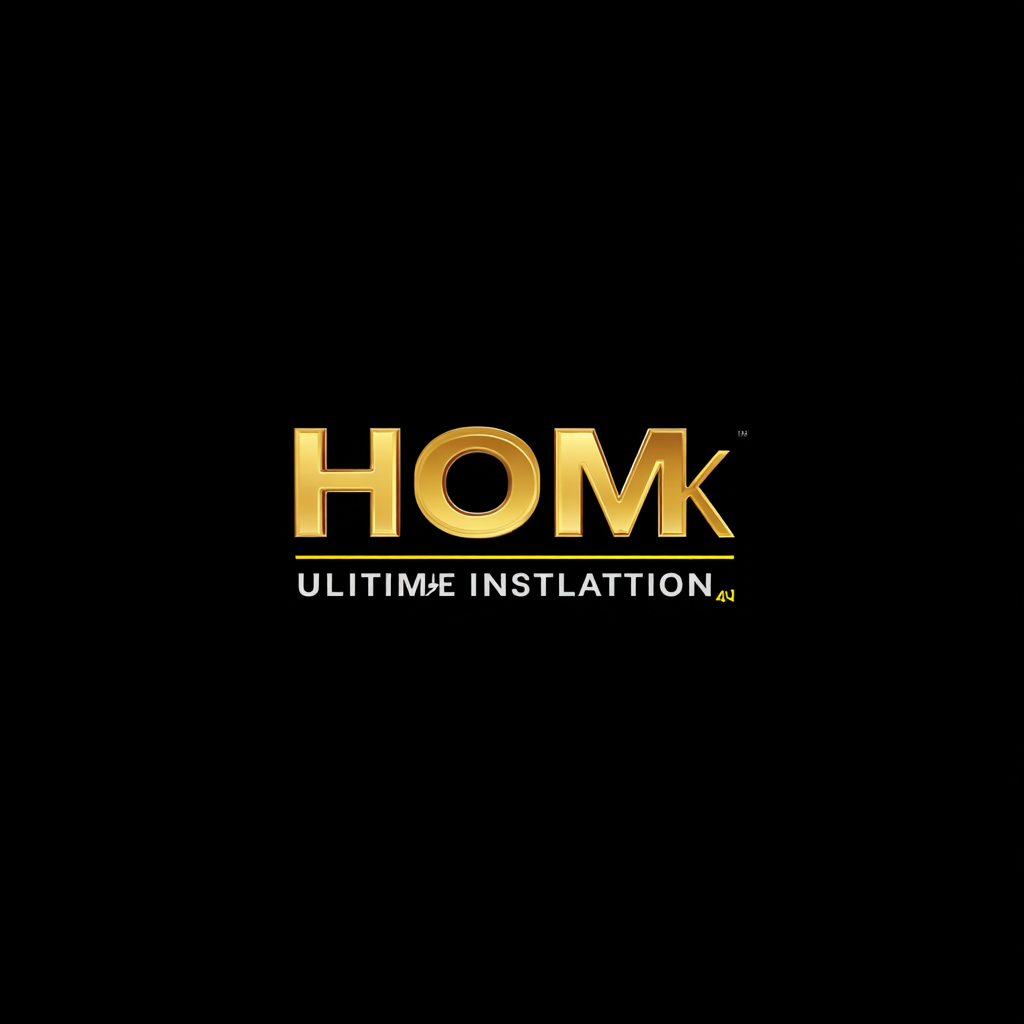In the ever-evolving landscape of home improvement, understanding the best home installation techniques is crucial for global buyers seeking to enhance their living spaces effectively. According to recent studies by the National Association of Home Builders (NAHB), nearly 70% of homeowners in various regions reported dissatisfaction with past installation projects, often due to poor planning and execution. Implementing proper home installation methods not only ensures structural integrity but also maximizes energy efficiency and increases property value. Furthermore, a report from the International Code Council indicates that adhering to standardized installation practices can reduce the risk of costly repairs by up to 30%. This ultimate guide aims to equip buyers with a comprehensive checklist, facilitating smoother and more successful home installation experiences across diverse markets.

The trend towards sustainable home installation techniques has gained significant momentum in recent years, reflecting a broader shift in consumer preferences towards eco-friendly living. According to a report by the International Energy Agency (IEA), implementing sustainable installation methods can reduce energy consumption by up to 30% in residential buildings. This substantial reduction not only lowers energy bills for homeowners but also contributes to a decrease in greenhouse gas emissions, making it a crucial strategy for addressing climate change.
Moreover, the materials used in home installations play a vital role in sustainability. Reports indicate that utilizing renewable resources, such as bamboo flooring or recycled steel for roofing, can minimize the environmental impact significantly. The U.S. Green Building Council highlights that buildings made from sustainable materials often command higher resale values—an increase of up to 7% compared to traditional homes. By prioritizing sustainable alternatives in home installation techniques, global buyers can create environmentally friendly spaces while also enhancing the overall value of their properties.

In today's market, eco-friendly home installations are gaining traction among global buyers, reflecting a growing awareness of sustainability. Innovative materials like bamboo, reclaimed wood, and recycled metal not only reduce environmental impact but also enhance aesthetic appeal. According to a report by the World Green Building Council, buildings that incorporate sustainable materials can reduce energy usage by up to 30%, significantly lowering costs and carbon footprints.
When considering materials for your eco-friendly home installation, prioritize those that offer durability and efficiency. For instance, bamboo is known for its rapid growth and strength, making it a superior alternative to traditional hardwoods. Similarly, recycled metal can be used in roofing and siding to minimize waste while providing longevity. It's essential to look for products that come with certifications like LEED or Energy Star to ensure they meet strict environmental standards.
Tips:
1. Research local suppliers for sustainable materials to support your community and reduce transportation emissions.
2. Consider implementing insulation made from recycled fibers, which can enhance energy performance and contribute to a healthier indoor environment.
3. Explore options like low-VOC paints and finishes to improve air quality in your newly installed spaces.
| Material Type | Sustainability Rating | Durability | Cost per Unit | Installation Difficulty | Applications |
|---|---|---|---|---|---|
| Bamboo | High | Moderate | $5 | Easy | Flooring, furniture |
| Recycled Steel | High | High | $8 | Moderate | Structure, roofing |
| Cork | Medium | Moderate | $10 | Easy | Flooring, insulation |
| Hempcrete | High | High | $15 | Difficult | Walls, insulation |
| Reclaimed Wood | Medium | Moderate | $12 | Moderate | Furniture, flooring |
Cost-effective solutions are becoming a priority for global buyers looking to achieve the best home installation techniques. According to a recent report by IBISWorld, the home improvement market is projected to grow at an annual rate of 4.1% through 2025. This growth highlights the increasing demand for budget-friendly alternatives, as homeowners seek to maximize value while minimizing expenses.

One of the most effective ways to maintain a budget without sacrificing quality is through the use of sustainable materials. Studies from the Environmental Protection Agency reveal that using energy-efficient insulation and windows can reduce energy costs by up to 15-20%. In addition, DIY installation practices have gained popularity, with a survey by HomeAdvisor indicating that 70% of homeowners have attempted at least one home improvement project themselves. This trend not only saves labor costs but also empowers buyers to take control of their home installations.
Moreover, leveraging technology can provide significant savings. Platforms like Houzz and Pinterest offer DIY guides and community forums where buyers can learn from others' experiences, which ultimately cuts down on trial and error. As global consumers increasingly prioritize cost efficiency, integrating these innovative solutions into home installations will be crucial for achieving desired outcomes while staying within budget.
When it comes to home installations, homeowners often face a crucial decision: to undertake the task themselves or hire professionals. According to the Home Improvement Research Institute, nearly 60% of homeowners opt for DIY projects to save costs, believing that they can achieve satisfactory results without professional help. However, while DIY can be fulfilling and economical, it may lead to costly mistakes. Research indicates that approximately 30% of DIY projects end up requiring professional intervention, which can negate any financial savings initially gained.
On the other hand, professional installation guarantees quality and expertise, especially for complex projects such as electrical work or plumbing. The Bureau of Labor Statistics reports that skilled tradespeople have an average hourly wage of $25, reflecting their specialized knowledge and experience. Investing in professional services can offer peace of mind, ensuring that installations adhere to safety standards and local regulations. Ultimately, the choice between DIY and professional installation should consider the complexity of the project, personal skill levels, and the potential long-term costs associated with improperly completed tasks.
When it comes to home installation techniques, global buyers are increasingly turning to innovative alternatives that suit their unique needs. A recent report by the International Facility Management Association indicates that 70% of homeowners are dissatisfied with traditional installation methods due to inefficiencies and high costs. This dissatisfaction has led to the emergence of creative solutions such as modular construction and prefabricated components.
For instance, in Sweden, a case study highlighted the success of using modular homes, which reduced construction time by 50% and minimized material waste by 30%. Additionally, research from McKinsey suggests that adopting such alternative techniques can result in a 15-20% cost savings compared to conventional building methods. This trend is evident in various countries, where homeowners are prioritizing sustainable practices and efficiency.
Tip 1: When considering alternative installation methods, research local suppliers who specialize in modular or prefabricated materials to get the best options suited for your region.
Tip 2: Collaborate with architects and builders who have experience with innovative techniques to ensure that your installation process is both efficient and meets building regulations.
By exploring successful case studies worldwide, buyers can find inspiration to adopt techniques that save time, reduce costs, and contribute to a more sustainable future.
